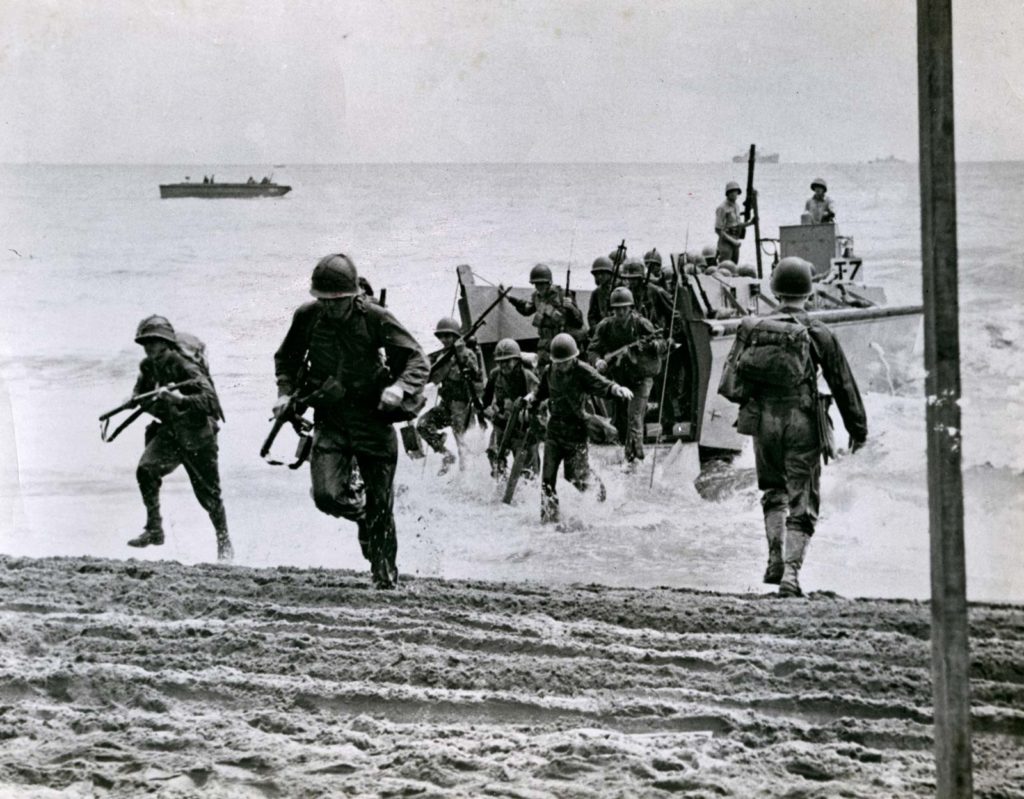
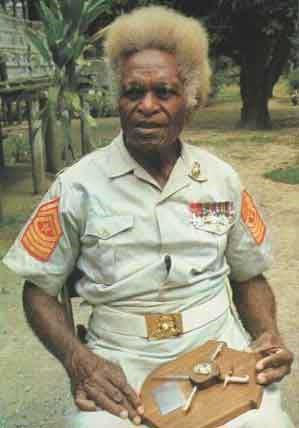
AUGUST 21, 1942
The Battle of Tenaru, island of Guadacanal
The Battle of Tenaru, also known as The Battle of Alligator Creek, occurred during the Pacific Campaign of World War II on the island of Guadalcanal. Japanese Col. Kiyonao Ichiki and his unit, the “First Element,” were tasked with driving U.S. Marines off the island and recapturing Henderson Airfield. The Marines were attacked overnight by Ichiki on the east side of the Lunga perimeter. Minutes before Ichiki’s assault, a Coastwatcher Scout named Jacob C. Vouza alerted the Marines of the impending attack. U.S. troops overcame the Japanese assault and counterattacked the surviving Japanese troops at dawn, winning the fight with the help of Vouza’s warning.
Vouza was a native police officer of the British Solomon Islands Protectorate, who volunteered to serve as a Coastwatcher Scout with the U.S. Marine Corps. As a Coastwatcher Scout, Vouza worked alongside Allied military intelligence operatives, observed enemy movements, and helped to rescue stranded Allied personnel during the Guadalcanal campaign. Just before the Battle of Tenaru, Vouza was captured, tortured, and left to die by the Japanese. Vouza broke free and warned the Marines that Ichiki was about to attack. For his courageous and heroic actions, Vouza was presented with the U.S. Silver Star, Legion of Merit and Great Britain’s George Medal.
The Marine Raider Association revisited Guadalcanal years after the war and placed a bronze plaque on a granite block in memory of Vouza. It reads, “We dedicate to Sgt. Maj. Jacob Vouza and his Solomon Island Scouts for supreme intrepidity and valour in the face of the enemy during the struggle for Guadalcanal 1942-43.” When Vouza passed away in 1984, the stone block and plaque became his headstone. This heroic Coastwatcher Scout and the bravery of his actions will always be remembered by our nation.
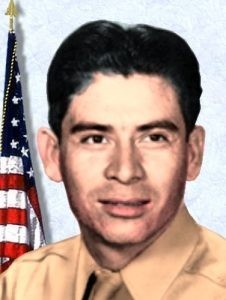
AUGUST 23, 1945
Marcario García became the first Mexican national to receive the Medal of Honor
Army Staff Sgt. Marcario García was born in Castaños, Mexico in 1920. After moving to Texas and working on his parents’ ranch, Garcia enlisted as an infantryman in the U.S. Army in November of 1942.
When Pvt. García made his D-Day landing on Normandy Beach, he was badly injured and took over four months to recover from his wounds. After recovering, García joined Bravo Company near Grosshau, Germany where he served as an acting squad leader. García was injured there too, but refused to evacuate, instead choosing to advance toward two enemy machine gun nests with his rifle and grenades in hand. García eliminated the nests by killing six enemy soldiers and taking four more captive. Only after the company successfully seized its objective was he removed for medical care.
For his act of bravery, Staff Sgt. García received the Medal of Honor from President Harry S. Truman. He also received the Purple Heart, Bronze Star Medal and Combat Infantryman’s Badge. García became the nation’s first Mexican immigrant to receive the Medal of Honor on August 23, 1945.
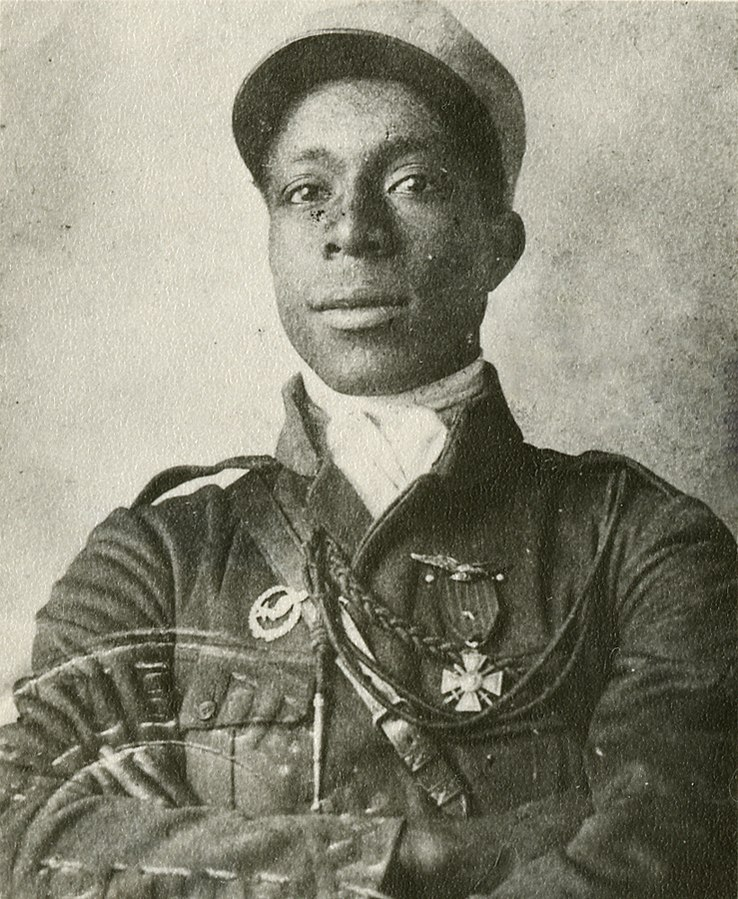
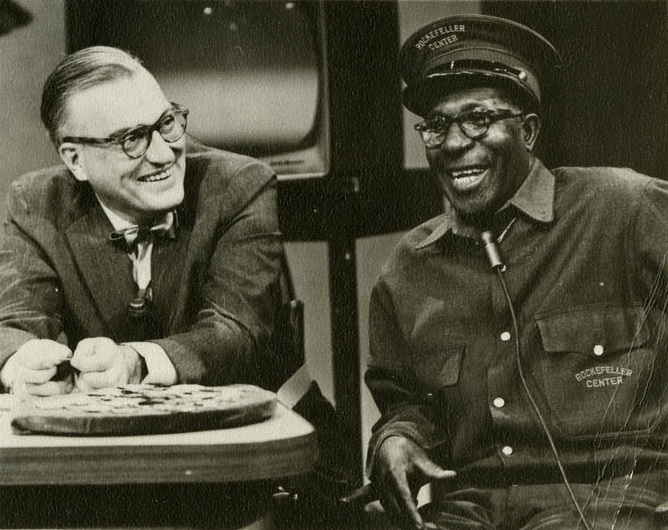
AUGUST 23, 1994
Eugene Bullard posthumously commissioned as Second Lieutenant in the U.S. Air Force
On August 23, 1994, Eugene Jacques Bullard, the first and only African American fighter pilot who served during World War I was posthumously granted the rank of second lieutenant by the U.S. Air Force. Bullard was born in Columbus, Georgia, on October 9, 1895, where he saw and experienced the inhumane treatment of African Americans in America. After witnessing his father almost being murdered by a lynch mob at age 11, Bullard ran away from home in search of a place where he would not be judged for the color of his skin. After traveling with a group of English Romani called the “Stanley Clan,” he realized his best chance for a better life was traveling to Europe. In 1912, he stowed away on the Marta Russ, a German merchant vessel heading back to Europe. Bullard settled in Paris, France where he felt he truly belonged. Only a year later in 1914, his new home would be thrust into the first modern war – World War I.
Bullard joined the French Foreign Legion and fought at the Battle of Verdun at only 19 years old. After becoming injured while relaying a message to a French officer, he was awarded the Croix De Guerre. In 1916, Bullard joined the Aéronautique Militaire and received his pilot’s license. As a pilot for France, he flew in at least 20 missions reportedly with a Rhesus Monkey named “Jimmy.” When the United States entered World War I in 1917, Bullard felt a deep calling to fight for the nation where he was born and tried to join the U.S. Air Force. He was rejected on the official grounds that pilots had to be officers holding the rank of first lieutenant. After being rejected by the U.S. Air Force, Bullard rejoined the Aéronautique Militaire and later joined the 170th Infantry Regiment until 1919. He would go on to serve as a spy in World War II for the French Resistance. However, after being wounded, Bullard fled to the U.S. and settled in New York where he remained until his death in 1961. On September 14, 1994, he was posthumously commissioned a second lieutenant in the U.S. Air Force. A display case in the National Museum of the U.S. Air Force in Dayton, Ohio, honors him. Today, we remember and honor Eugene Bullard’s life and service.


AUGUST 24, 1814
British forces set fire to the White House
On August 24, 1814, President James Madison stood beside a volunteer American force in Bladensburg, Maryland, as they prepared to defend Washington, D.C., from approximately 4,000 British soldiers. The Capitol of the United States of America was under attack, and there was little the volunteer American force could do to stop the approaching British soldiers. They defended the city but were eventually forced to flee. As British soldiers marched through Washington, they burned storehouses filled with military supplies, the Library of Congress, and any other building that was tied to the American government. This included the President’s Mansion or, as it is known today, the White House. British forces remained in Washington, D.C, until August 25, when a thunderstorm and the threat of a tornado forced British soldiers to leave. Despite abandoning the city, British forces hoped the Capitol attack would demoralize Americans and force the United States to surrender, but the American people were not so easily broken.
While the volunteer American force faced the British, Dolley Madison, President James Madison’s wife, prepared to flee the President’s Mansion. Rather than taking all their personal belongings, Dolley chose instead to take objects important to America’s history, including a portrait of former President George Washington and a copy of the Declaration of Independence, to prevent the British from destroying them. Dolley’s determination to remain strong and continue the fight exemplified the feelings of Americans. Instead of demoralizing the American people, the British attack only strengthened their resolve to defeat the British and prove that America could compete with one of the strongest militaries in the world. Today, we remember August 24 as a day when Americans stood strong against a force trying to tear them apart.
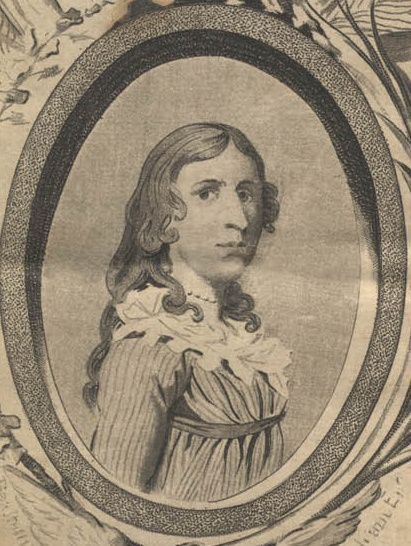
AUGUST 26
Women’s Equality Day
While women today can serve in any branch of the military and command their own units, this wasn’t always the case. On the 101st anniversary of the Nineteenth Amendment granting women the right to vote, let’s take a moment to remember some of the women who fought for their rights to join the military and serve their nation.
During both the Revolutionary and Civil Wars, women’s contributions to the war efforts were limited to serving as nurses, seamstresses, cooks, and occasionally, as spies. However, women such as Deborah Sampson and Cathay Williams chose to serve on the frontlines. Sampson, a self-educated teacher and weaver, disguised herself as a man and joined the 4th Massachusetts Regiment. Similarly, Williams, a former slave in Missouri, joined the Union Army under the name William Cathay and served as a Buffalo Soldier. Both Sampson and Williams were honorably discharged when it was discovered they were women.
By World War I, women were able to serve in several noncombatant roles and, by World War II, they were able to join either the Women’s Army Corps (WAC), Women’s Airforce Service Pilots (WASPs), U.S. Marine Corps Women’s Reserves, or the Women Accepted for Volunteer Emergency Service (WAVES). Grace Hopkins joined the WAVES where she helped create the first electronic digital computer called the UNIVAC. After World War II, women continue to gain influence in the military. Thanks to the service and sacrifice of these and many others, women today can choose to serve as combatants in any branch of our military.

AUGUST 29
U.S. Marine Corps Reserve Birthday
August 29, 2021, marks the 105th anniversary of the day President Woodrow Wilson signed the Naval Appropriations Act, officially creating the Marine Corps Reserves as an expansion to the active-duty Marine Corps. In August 1916, World War I had been raging for more than two years, yet the United States remained neutral. As demand for U.S. involvement in the war increased, so too did the need to bolster the military. By the end of World War I in 1918, the U.S. Marine Corps Reserves had grown to over 6,000 service members, including approximately 300 women. Following its reestablishment through The Naval Reserve Act 1925 and reorganization through the 1938 Act of the same name, the U.S. Marine Corps Reserves continued to grow in size and strength.
In 1941 when the United States entered World War II, approximately 70 percent of the 589,852 Marines serving were Reservists, and of the 82 Marine Medal of Honor recipients, 44 were Reservists. During the Vietnam War, the Marine Corps Reserves were not mobilized, however, many Marine Corps Reservists chose to continue their mission by joining other active units who were serving in the war. Today, the U.S. Marine Corps Reserves is an all-volunteer force that consists of the Select Reserves and the Individual Ready Reserve together consisting of around 108,000 Reservists. Many Marine Reservists have served during the War on Terror, protecting our nation and the communities they call home. On the 105th birthday of the U.S. Marine Corps Reserves, be sure to thank a Marine Reservist by thanking them for their sacrifice and service to our country.



